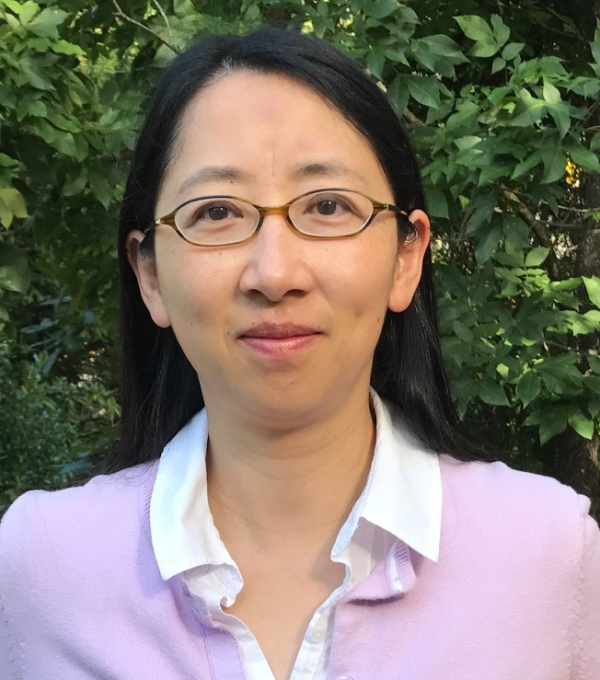Sihong Wang
Associate Professor
Building
Steinman Hall
Office
434
Phone
212-650-5189
Fax
212-650-6727

Sihong Wang
Education
Postdoc, Center of Engineering for Medicine, Harvard Medical School, Massachusetts General Hospital and
Shriners Hospital for Children, Boston, MA
Ph.D., Biomedical Engineering, University of Texas at Austin
M.S., Biomedical Engineering, University of Memphis
B.S., Biomedical Engineering, Shanghai Jiao Tong University, Shanghai, China
Courses Taught
UNDERGRADUATE
BME504 Cell and Tissue Engineering
BME502 Cell and Tissue Transport
BME310 Experimental Methods in BME
BME450 and BME460 BME Senior Design I and II
GRADUATE
BME I2000 Cell and Tissue Engineering
BME G7000 Laboratory in Cell and Molecular Engineering
Research Interests
Cell and Tissue Engineering, BioMEMS and Thermal Medicine
- Microfluidic cell/tissue devices for signaling network studies and high throughput drug screening
- Thermal medicine involving nanotechnology and stress responses (e.g. heat shock) for cancer therapy, tissue injury protection and repair
- Three dimensional tissue engineering using BioMEMS and/or stem cells for regeneration medicine and toxicity study
Publications
Google Scholar link for Professor Wang's publications